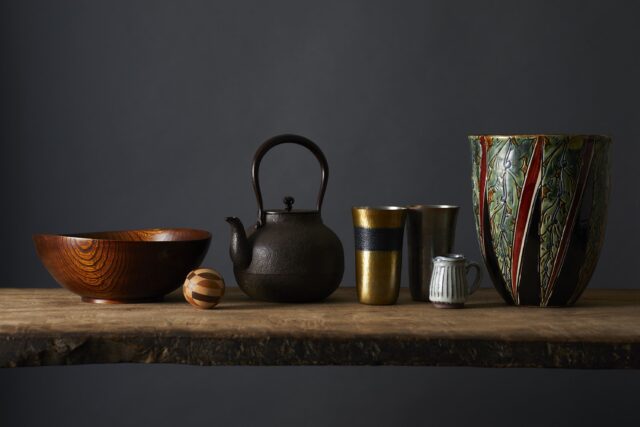Nakagawa Masashichi Shoten Redefines “How Craft Should Conclude” – Launches Circular Craft Program Alongside B Corp Certification
KOGEI Topics VOL.25


VOL.1-25
Update
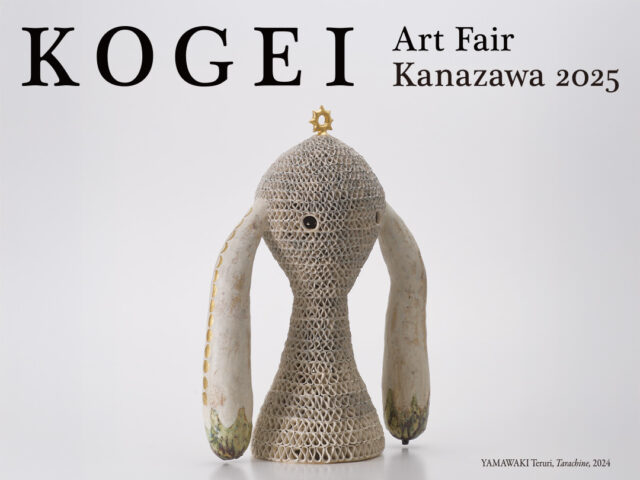
VOL.1-50
Update

VOL.1-22
Update
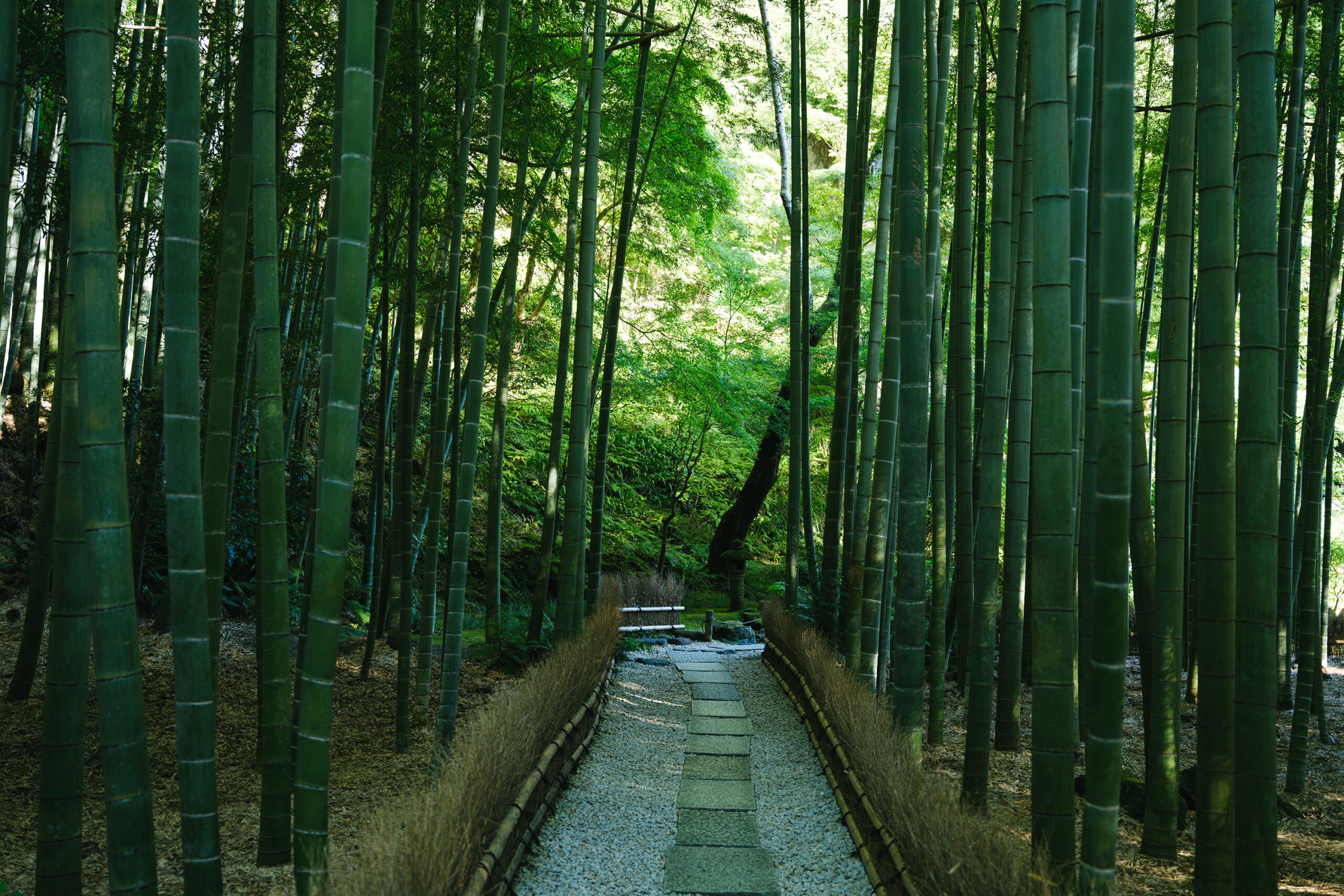
VOL.1-3
Update
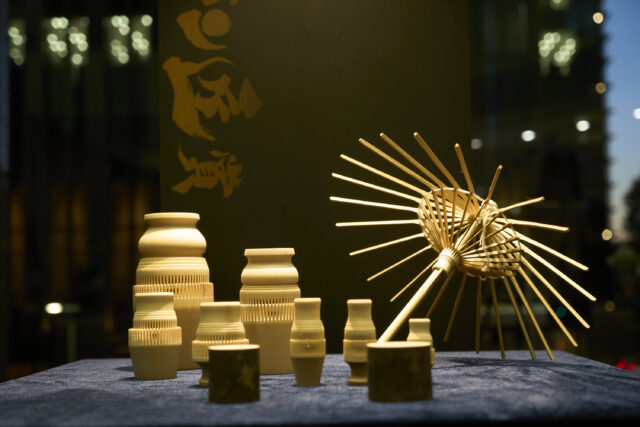
VOL.1-27
Update

VOL.1-4
Update
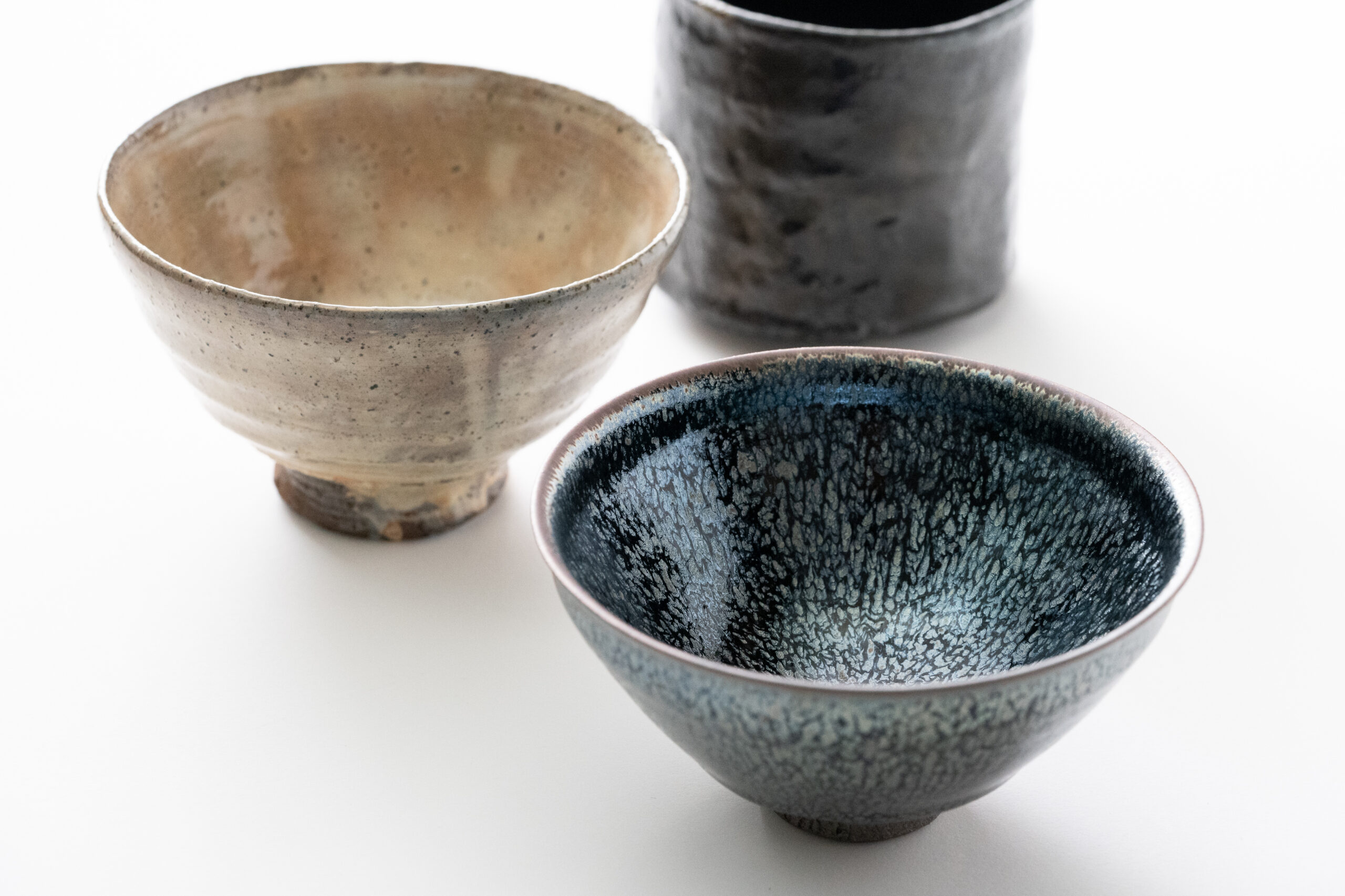
VOL.1-3
Update

VOL.1
Update
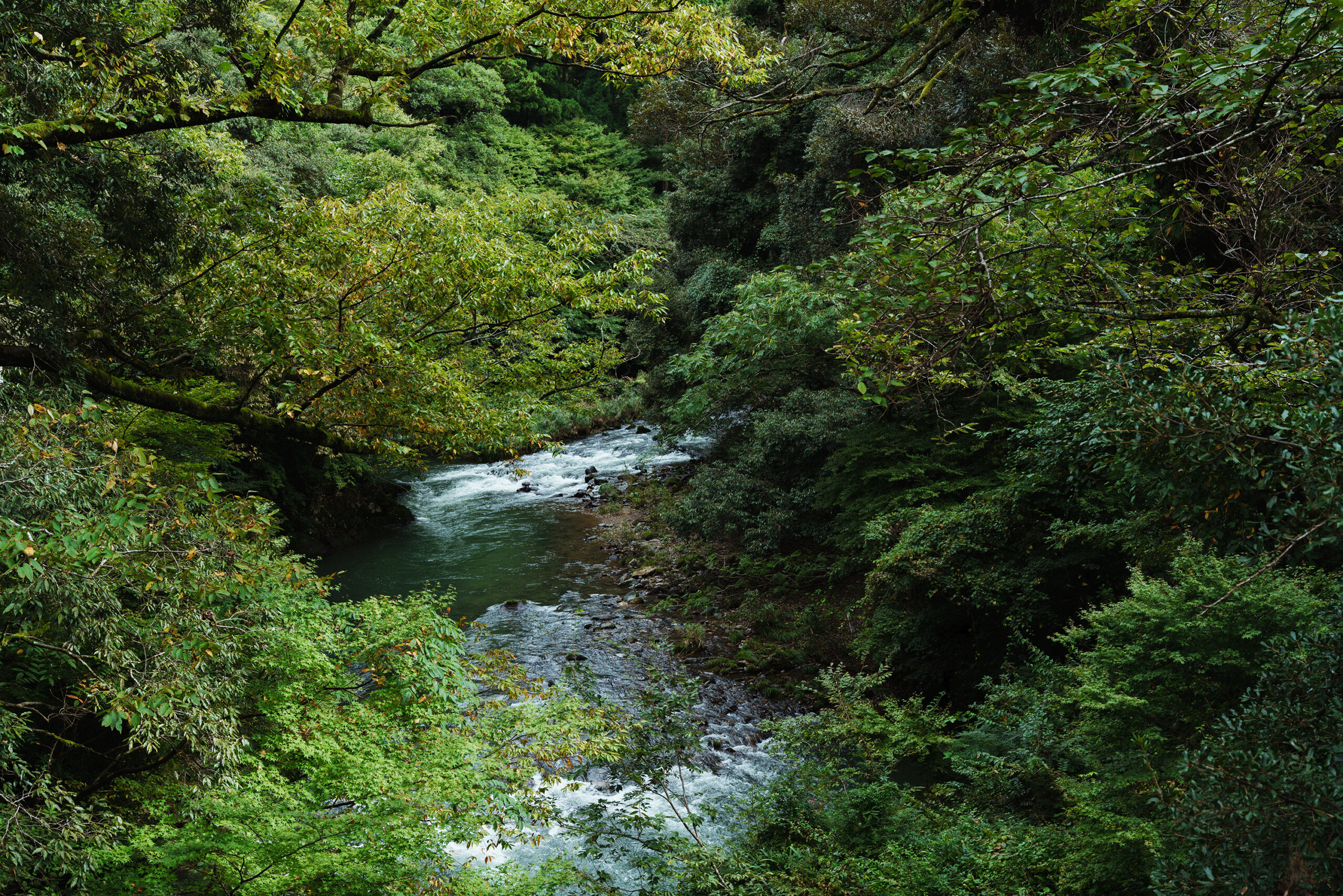
VOL.1-7
Update
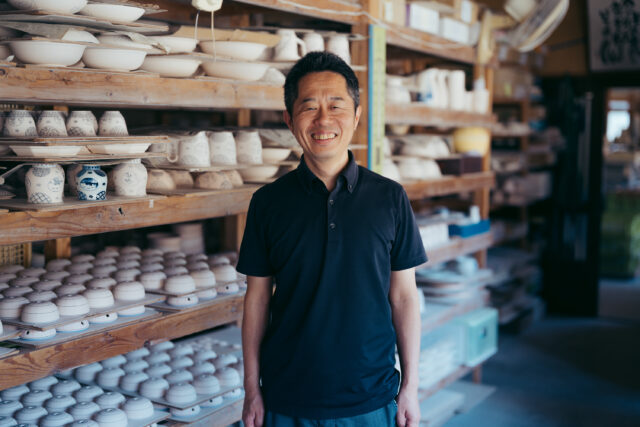
VOL.1-32
Update
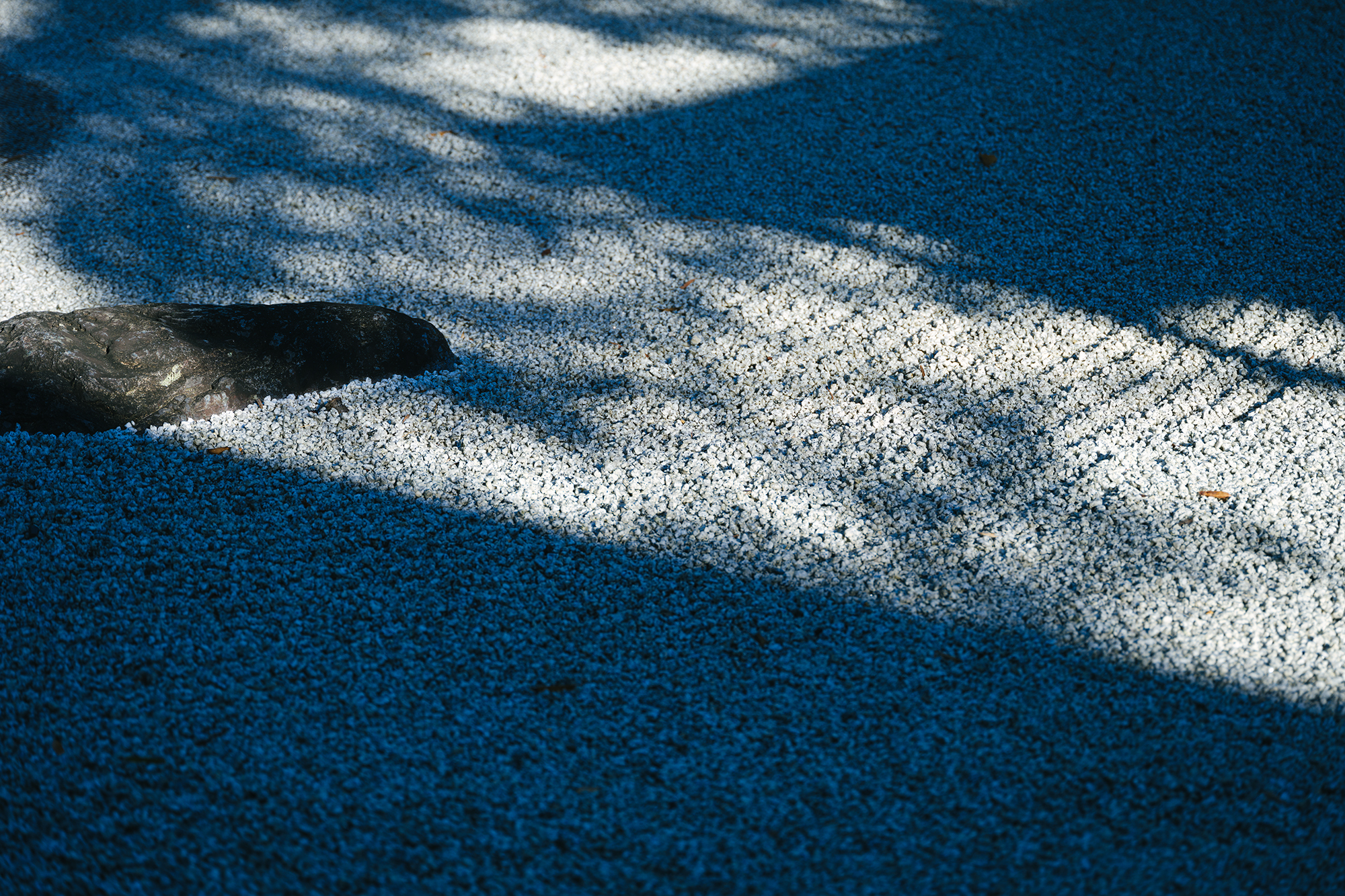
VOL.1-12
Update
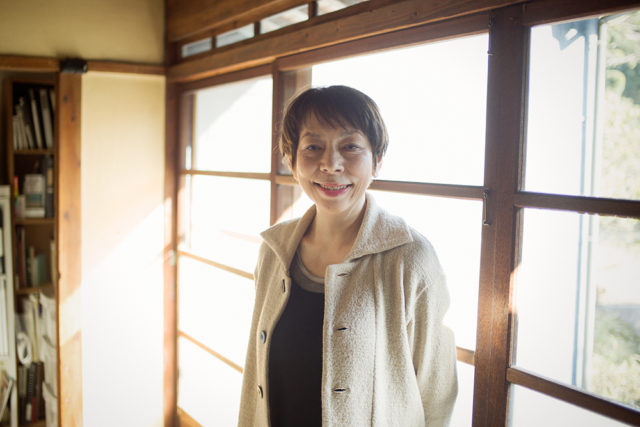
VOL.1
Update
We share a variety of information and perspectives on Japanese crafts, including exhibition information and interviews.
KOGEI Topics VOL.25
Featured Exhibitions & Events VOL.50
KOGEI Topics VOL.24
New Products VOL.22
Dec 6 – Dec 14, 2025
juroku garo
Dec 9, 2025 – Mar 1, 2026
National Crafts Museum
Dec 12 – Dec 27, 2025
HULS GALLERY TOKYO
Dec 13 – Dec 28, 2025
GALLERY crossing

Tanba ware is one of Japan’s Six Ancient Kilns, with a history that dates back to the medieval period. Even today, kiln workshops continue to form clusters along valleys surrounded by mountains and flowing rivers. Ceramic artist Masahiko Imanishi, while deeply conscious of this long-standing tradition, pursues his own unique artistic expression. Though he once left his hometown, he returned to Tanba and repeatedly visited ancient kiln sites tucked away in the mountains. There, he reflects on the landscapes once seen by medieval potters, creating works that remain deeply rooted in the clay, the techniques, and the forms of Tanba.
Tanba has long produced a wide variety of tokkuri sake flasks. This particular piece is called a rakkyo tokkuri after the Japanese scallion called rakkyo, known for its plump round body and tapered neck. The piece’s gently flared rim also reflects a hallmark of Tanba ware. Slowly fired in a traditional ja-gama (literally, “snake kiln,” a type of climbing kiln shaped like an elongated snake) unique to this region, the flask features powerful black scorch marks overlaid on the natural ash glaze, bringing out the full character of the local clay. In this piece one can feel the sincere efforts of an artist reinterpreting Tanba ware for the present day, while remaining firmly grounded in the spirit of its birthplace.
